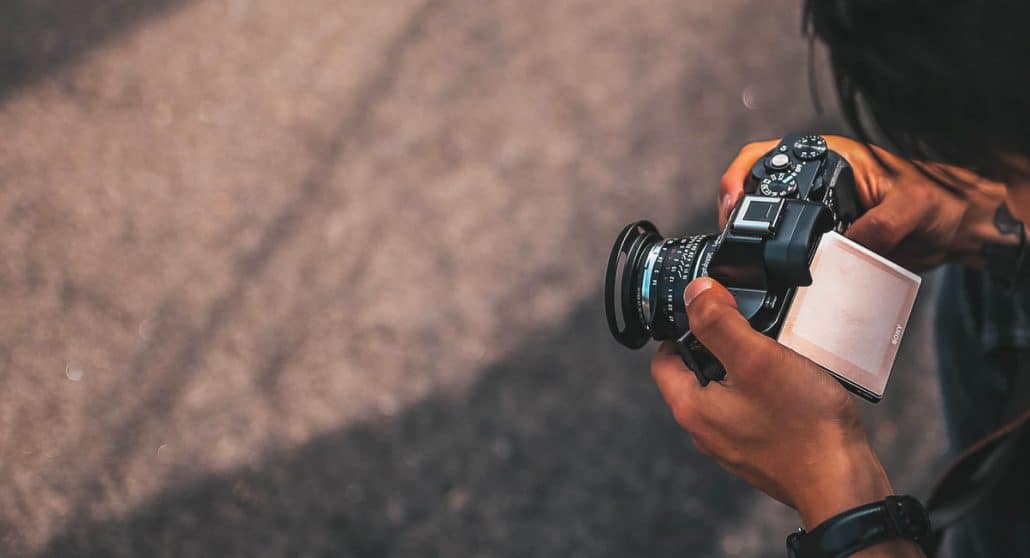Transparency International (TI), the global anti-corruption movement, has joined the #ProtectJournalists campaign launched in 2015 by Reporters Without Borders (RSF) and supported by a coalition of more than 130 NGOs and media outlets. The campaign calls for the creation of a Special Representative of the UN secretary-general for the Safety of Journalists, a move that will help to enforce international law regarding the protection of journalists.
Fighting corruption is a dangerous business, and the corrupt will go to any lengths to protect their interests. According to the Committee to Protect Journalists, 252 journalists have been killed in the past 25 years because they reported on corruption. The addition of other media workers brings the number up to at least 780. In 2017 alone, said RSF, 24 journalists, four citizen journalists and eight media assistants have been killed, while 187 journalists, 172 citizen journalists and 13 media assistants are imprisoned right now.
In 2016 no fewer than 78 journalists were killed worldwide.
In South Africa, as in other countries, lives have been lost in the anti-corruption struggle – and not only those of journalists. In 2009, Moss Phakoe was shot and killed outside his home, two days after he submitted a dossier containing evidence of corruption implicating former Rustenburg mayor Matthew Wolmarans and others. Wolmarans, one of the men convicted and later acquitted of Phakoe’s murder, is now an MP.
In March 2016 Eastern Cape community activist Sikhosiphi Bazooka Rhadebe was shot and killed at his home in Mdatya village. He and his organisation, the Amadiba Crisis Committee, had been resisting proposed mineral sands mining at Xolobeni on the Wild Coast by a subsidiary of Australian mining company Mineral Commodities Limited. To date his killers have not been brought to justice, and his murder was not the only one, according to community members.
In June 2017, journalist Suna Venter, one of the so-called SABC 8 who protested against a policy that the state broadcaster would no longer show violent footage of protests, died of stress cardiomyopathy or “Broken Heart Syndrome”, most likely brought on by the victimisation she suffered after the SABC fired her. In July 2017 journalists including newspaper columnist Peter Bruce, newspaper editor Tim Cohen and freelance broadcaster Karima Brown, were intimidated and harassed by the Black First Land First group (BFLF). BFLF, which previously targeted Huffington Post SA editor-at-large Ferial Haffajee, has since been muffled by a court order.
Tom Nkosi, editor and founder of Ziwaphi, an investigative newspaper, was threatened with criminal defamation for publishing allegations, contained in affidavits given to him by two former COPE members, that a high-ranking Mpumalanga politician promised them money to break into the party’s offices and steal a laptop containing sensitive information about a spate of killings in the province. Nkosi published the information in good faith.
Elsewhere in the region, journalists such as Angola’s Rafael Marques de Morais have been relentlessly targeted by their governments. Veteran journalist Marques was charged with defamation in 1999 and in 2011. In the latter case, he stood trial and was eventually convicted with a suspended jail sentence. In 2013 Marques received TI’s Integrity Award for his anti-corruption work.
A online survey conducted in 2017 by frayintermedia found that, of the 307 African journalists who responded from 36 countries, 48% had been harassed on social media. “Slightly more men had been harassed on social media. Both sexes were likely to experience trolling, but more women had been sexually harassed and more men threatened.” Journalists were most likely to be trolled, but were also verbally harassed, threatened, sexually harassed, impersonated, or had their personal details published, the survey found.
Meanwhile, Freedom House’s 2017 press freedom index revealed that globally, media freedom has declined to its lowest point in 13 years.
Investigative journalism a powerful tool in anti-corruption work
“Investigative journalism is the strongest ally corruption fighters have because journalists expose the corrupt. But it is dangerous work and journalists need more protection,” said TI chairperson José Ugaz.
For this to change, only a Special Representative to the UN Secretary General for the Safety of Journalists, working closely with the UN Secretary General, will significantly empower the UN Plan of Action on the Safety of Journalists, the Issue of Impunity and all efforts lead by UNESCO. Only a Special Representative will have the political weight, the capacity to act quickly, and the legitimacy to coordinate with all UN bodies to implement change.
Transparency International is mobilising its global movement to advocate for this position, and push to establish a concrete mechanism that enforces international law and thereby finally reduces the number of journalists killed every year in the course of their work.

